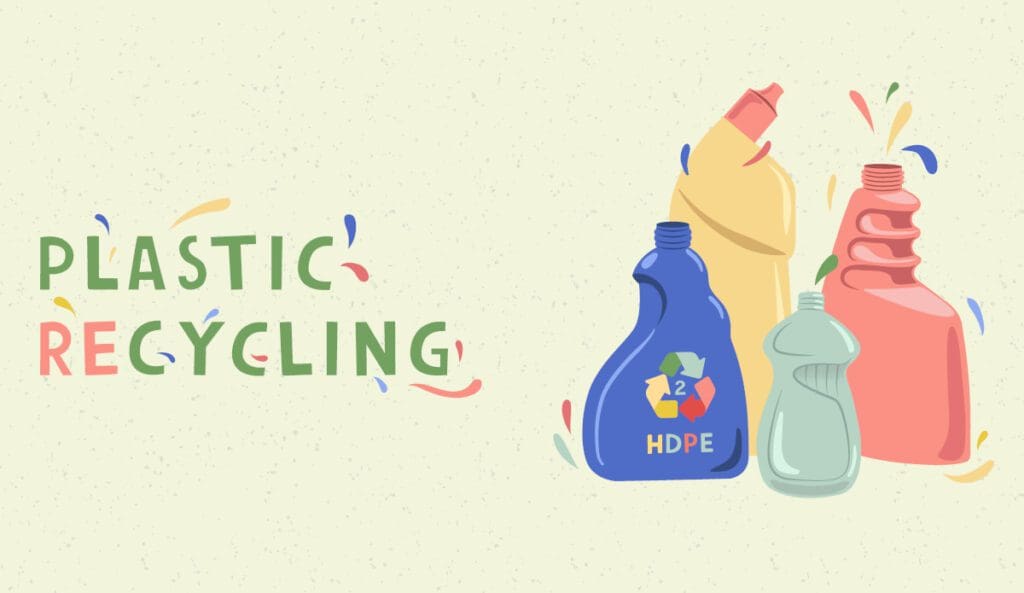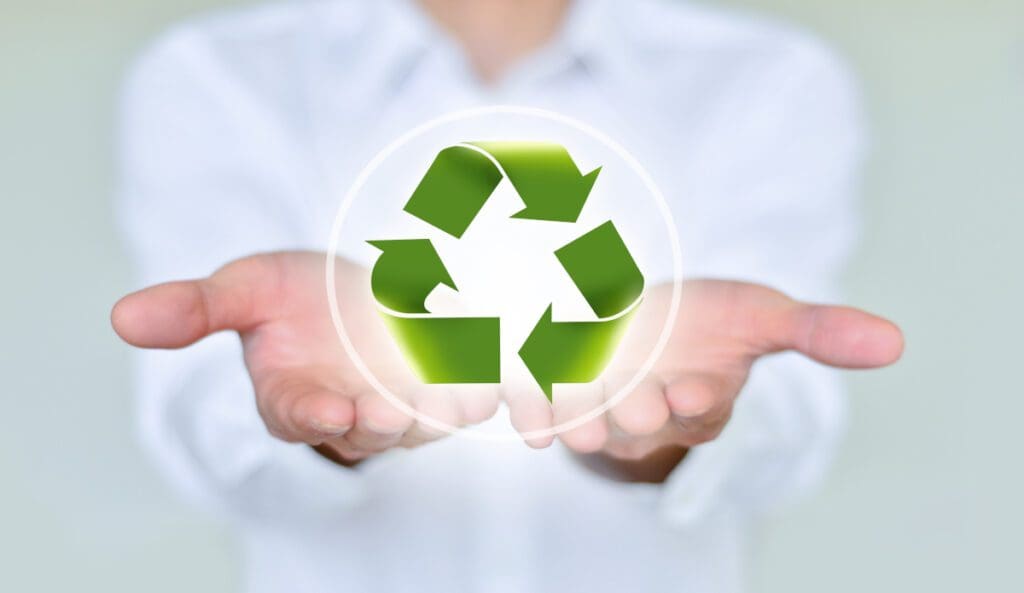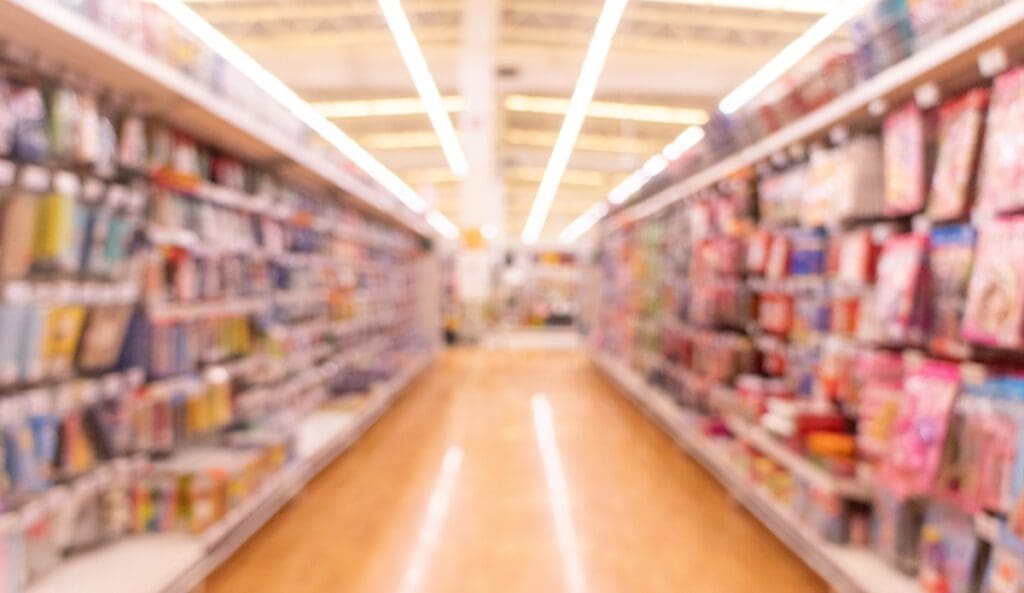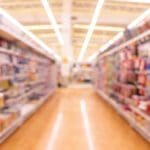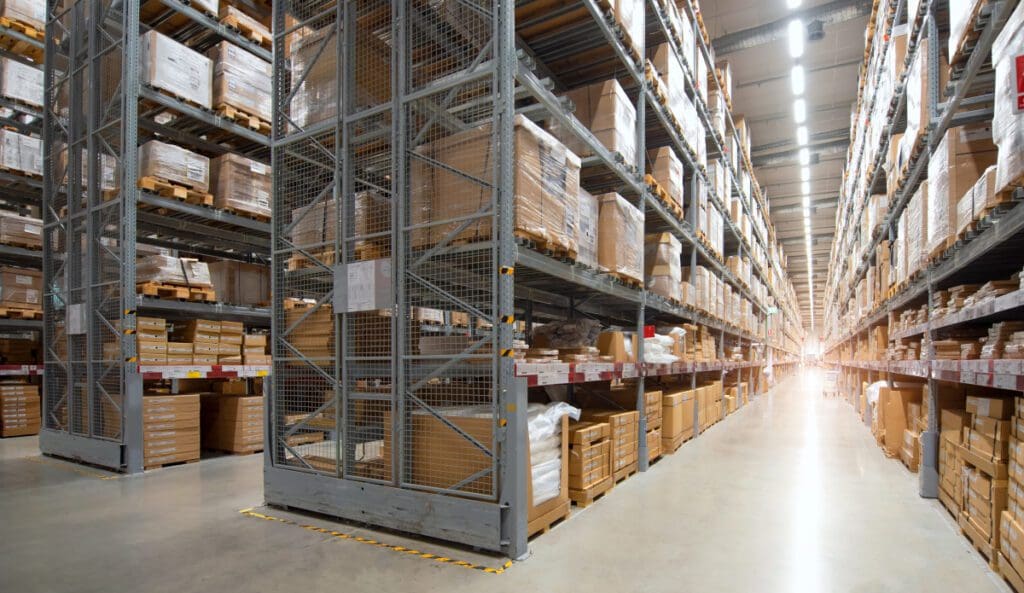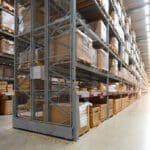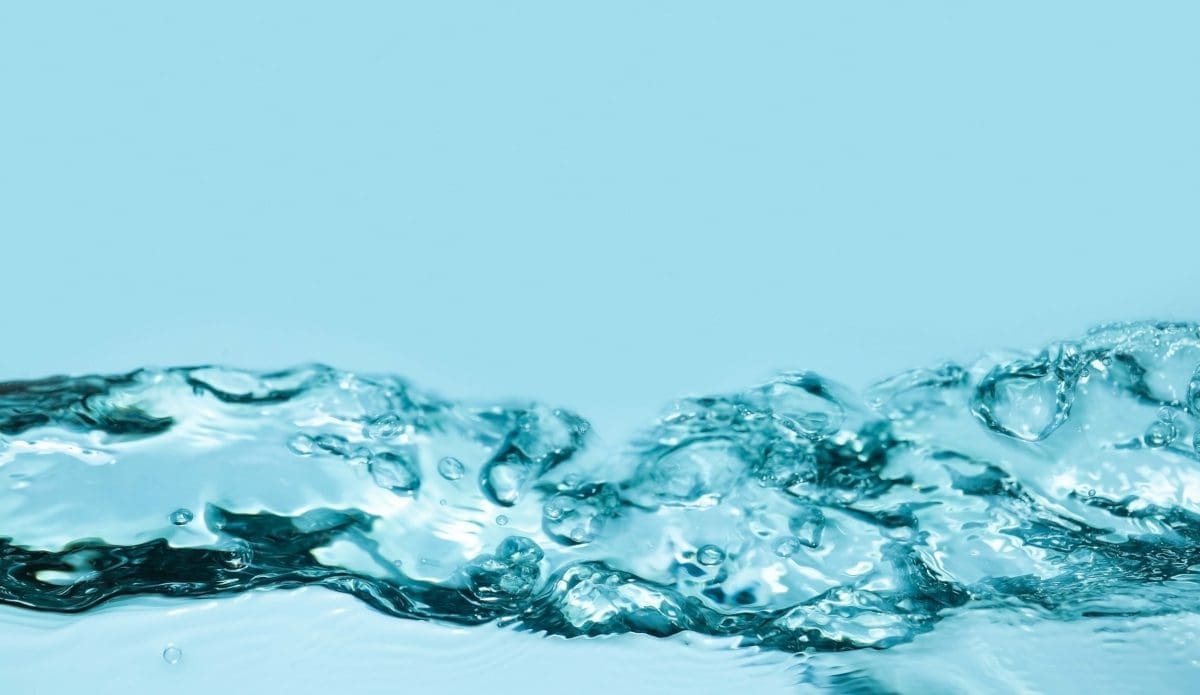
To measure liquids accurately, you need to have the right equipment. That means made from the appropriate materials, in the right size, using liquid-specific techniques.
For any food and beverage business or organisation that needs to measure liquid chemicals, oils, cleaning fluids, or ingredients, having accurate measurements is absolutely vital. For food and beverage manufacturers or producers, having accuracy is the difference between delicious food, or inedible disaster. For cleaning products or chemicals, it could mean the product will not end up working as required, not meeting legislative requirements, or it may even be harmful.
How to Measure Liquids Accurately
You need to measure liquids using the right equipment. Dry and wet products cannot be accurately measured with the same device. 250mls vs 250grams vs one cup can all be vastly different sizes and weights. This is why dry or powdered substances need different devices than liquid.
While liquids level themselves, if you are measuring liquids like water and they need to be super accurate, weighing is always the best option. Liquids can form a concave meniscus on the surface, which is when the molecules of the water are attracted to the side of the container and stick to it. This creates an illusion there is (slightly) more liquid in the container than there really is. Oil also tends to stick to the side, potentially changing the accuracy.
If measuring visually is appropriate, remember that printed markings can wear off over time. Raised measuring graduation marks on the side are permanent and reliable.
In regard to the measuring device itself, things like the thickness of the plastic, the way the substance level is distorted by the shape of the measuring device, and the opacity of the measuring jug all affect the accuracy of the measuring jugs.
Silicone is heat resistant and wont shatter but can stain and absorb smells. While some plastics won’t crack, they may melt or leach, or interact with some highly acidic or alkaline chemicals. Glass can shatter, but it will not stain, leach, or melt.
You also want your devices to be stackable. Whether it’s multiple of the same jug, or a set in increasing sizes, having them nest inside of each other saves space.
Also, consider the pouring functions. Do you need lefty pouring specific jars (sometimes handles can dictate which side the liquid is poured)? Does the spout design mean there’s no dribbling when pouring?
You also want to ensure the jug is super easy to clean, with no leftover liquids dried on or stuck to the sides. Non porous means no smells.
Small Liquid Measuring Cylinders
Measurements of smaller amounts of liquids can be challenging. While 250ml and above are reasonably accurate in larger jugs or containers, smaller amounts need their own specialised dispensing equipment.
We have three chemical resistant options:
- 100ml measuring cylinder in polypropylene
- 250ml measuring cylinder in polypropylene
- 500ml measuring cylinder in polypropylene
Medium Pouring and Measuring Jugs
These polypropylene measuring jugs are resistant to chemicals, have a high melting point of 171oC, and the clear pouring jugs have raised measuring graduation marks. The colour options have black printed measuring lines.
- 250ml pouring jug
- 500ml pouring jug
- 1 litre pouring clear jug, also comes in blue and green
- 1 litre jug with attached lid
- 2 litre jug
- 3 litre jug also comes in blue and green
- 5 litre jug also comes in yellow and red
Large Pouring Buckets
We have a range of food grade pouring buckets. These allow you to measure and mix large quantities of liquids, retaining accuracy in measurement. They also help to ensure easy pouring, with no spillage or wastage.
Some are also available with snap on lids, so you have a way to keep the liquids safe from dust or contaminants. All of these have raised measuring graduations, so it’s simple to measure as you go.
Buying Measuring Jugs in NZ
Our products are safe for use in laboratories, food production, commercial kitchens, and agriculture. They are robust, designed for longevity, ease of use, and enable your business to quickly measure liquids accurately. Contact us for more information, minimum order quantities, and specialised assistance.

